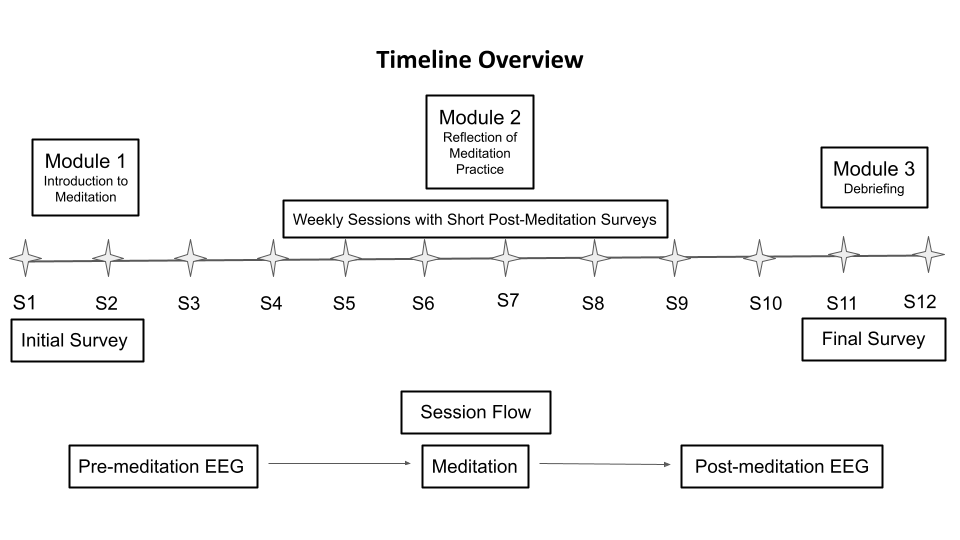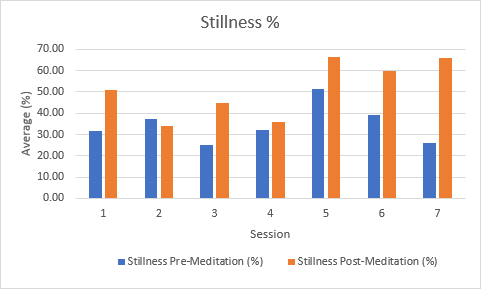Medical Education: Resident
Medical Education 7: Resident 2
545 - Efficacy of A Mindfulness Curriculum with EEG Corroboration for Preventing Burnout in Pediatric Healthcare Providers
Publication Number: 545.229

Nitin Ron, MD
Attending Neonatologist
Coney Island Hospital
Brooklyn, New York, United States
Presenting Author(s)
Background:
Burnout continues to affect pediatric healthcare providers. A 3-year study performed by the American Academy of Pediatrics (AAP) 2016-2018 showed >50% of the pediatric residents met burnout criteria across training, with similar stats among attendings in Medscape’s 2021 National Physician Burnout Report, women reporting higher rates than men. The 2022 Physician Health and Wellness report from AAP notes increased burnout rates in the past year. One proposed intervention is a mindfulness-based meditation curriculum. However, few studies have correlated the efficacy of mindfulness with pre- and post-meditation EEG waveforms. Participants were recruited at two NYC hospitals in 2021 & 2022 via voluntary opt-in. Methodology, explained in Figure 1,involved standardized surveys over a 12 week period with primary oversight from trained meditation ambassadors. Our current phase (7 weeks in) involves 3 minute Muse™ EEG sessions for pre- and post-meditation. The Initial and Final values of each score and subscore were computed, followed by Final minus Initial values. An F-test was run between the levels of each categorical variable and p-values calculated with a test level of 0.05. All calculations were done in R version 4.1.2.
Objective: This study aimed to determine if non-denominational mindfulness training could decrease burnout in pediatric healthcare providers when incorporated into the teaching curriculum. We also seek to explore the correlation between meditation practice and EEG waveforms through the use of portable EEG technology.
Design/Methods:
Results: The cohort consisted of healthcare providers in the Pediatric department (N=42), with a subset participating in the EEG component (n=7). Mindfulness was assessed in nonreactivity to internal emotions and thoughts, and in acting with present awareness. Females were 77% of the cohort, a consistent gender split noted in other studies. A positive correlation was found between increased meditation and states of Calm and Stillness in the EEG analysis (shown in Graph 1), and a corresponding downtrending in heart rate (p = 0.0507) shown in Graph 2.
Conclusion(s): Preliminary correlation was found between weekly meditation and a calm post-meditation mental and physiological state. Pre- and post-meditation EEG readings provide objective brainwave and physiologic data, supporting the efficacy of mindfulness training. Further evidence is expected as the study progresses and will be strengthened by a higher N value. This curriculum is a sustainable technique to mitigate burnout. Such interventions may help healthcare providers build resilience through mindfulness. 

.png)
